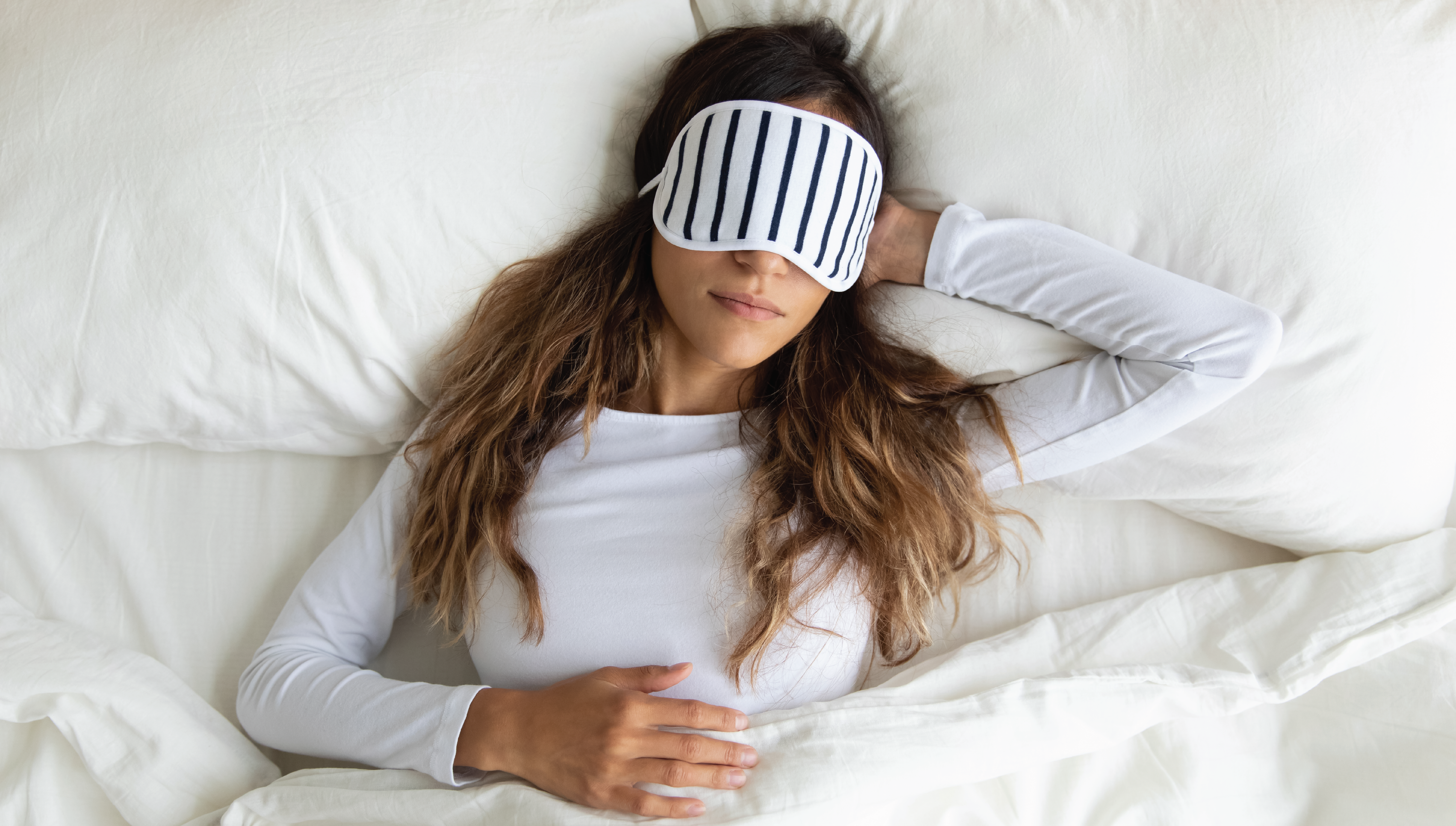Dreams are a place where we can go to escape, a place where anything is possible. However, we are at the mercy of our dreams, as we typically have no control over what we dream or what happens during our dreams. But the discovery of lucid dreams changed this notion.
Before we get ahead of ourselves, let’s break down what lucid dreaming is, why we have lucid dreams, and if lucid dreams are dangerous.
Lucid Dreams
The definition of lucid is: expressed clearly; easy to understand. So, when we are lucid dreaming, we can easily understand that we are dreaming. More specifically, we are consciously aware that we are dreaming while asleep.
Dr. Berit Brogaard, D.M.Sci., theorizes there are four different levels of lucid dreaming:
- Knowing that you are dreaming
- Being able to control your own dream actions in a wake-like fashion
- Being able to manipulate your dream surroundings
- Being able to manipulate the dream actions of other people in your dreams
Dr. Brogaard asserts that there is a key difference between a lucid dreamer and an ordinary dreamer. Lucid dreamer uses conscious controls in their prefrontal cortex while the rest of their brain is in a dream-like state. On the other hand, the ordinary dreamer does not actively use any part of their brain during their dreams.
History of Lucid Dreams
The term “lucid dreaming” was coined in 1913 by a Dutch psychiatrist, Frederik Willem van Eeden. He later founded The Lucidity Institute.
However, the idea of being aware you are dreaming while asleep can be traced back to Aristotle.
It wasn’t until 1970 that Stephen LaBerge and researchers from Stanford University and Liverpool University were able to demonstrate the reality of lucid dreams through experiments conducted at Stanford.
Through these experiments, dreamers were conditioned to signal when they were lucid with pre-arranged eye movements while an electroencephalogram (EEG) confirmed that they were in the REM (rapid eye movement) stage of sleep, which is when dreams typically occur. Eye muscles are known to be one of the only muscles we have control over during REM sleep.
LaBerge showed that activities like counting or intimate situations evoked similar neural and physiological responses in both the dreaming and waking states. Interestingly, he showed that if you, as a dreamer, were to hold your breath, your real self does too. He also noted that the timing of events in lucid dreams follows the same pattern as they would in reality.
Why we Lucid Dream
Although no proven research explains why we have lucid dreams, neuroscientists have a few ideas.
A few studies have shown notable differences between individuals who have lucid dreams and those who do not. Lucid dreamers were observed to have a larger prefrontal cortex, the site of high-level tasks like making decisions and recalling memories. Researchers hypothesized that the people most likely to have lucid dreams are also the most self-reflective type of people and mull thoughts over more often.
Are Lucid Dreams Dangerous?
There is no current evidence suggesting that lucid dreams are dangerous.
However, if you experience this state of dreaming, you may be more likely to experience:
- Poor sleep quality: Having vivid dreams can keep you awake and make it harder to fall back asleep. Also, if you focus too hard on lucid dreaming, your sleep quality will likely suffer.
- Confusion, delirium, and hallucinations: Lucid dreams may blur the line between what is real and what is not, especially for at-risk individuals.
Aside from this, lucid dreams can also have some considerable benefits.
Lucid dreams may help you benefit from:
- Less anxiety
- Better motor skills
- Improved problem-solving
- Greater sense of creativity
While the science of lucid dreaming is not definitive, it could be worth looking into.
LaBerge, who opened the Lucidity Institute, provides information and hosts workshops and research on how to achieve this state of dreaming. He believes lucid dreams are a window to self-improvement to help us overcome fears, tap into our creativity, and even help us practice public speaking.
For anyone wanting to try lucid dreaming, LaBerge believes the more often you think about dreaming while awake, the more likely you are to lucid dream.
For more information like this, be sure to check our dream blog, where we talk about all things sleep, from tips and tricks on improving your sleep quality to finding the ideal mattress and pillow for you. Ready to invest in a good night’s sleep? Check out our wide range of certified sleep products on mlilyusa.com.



